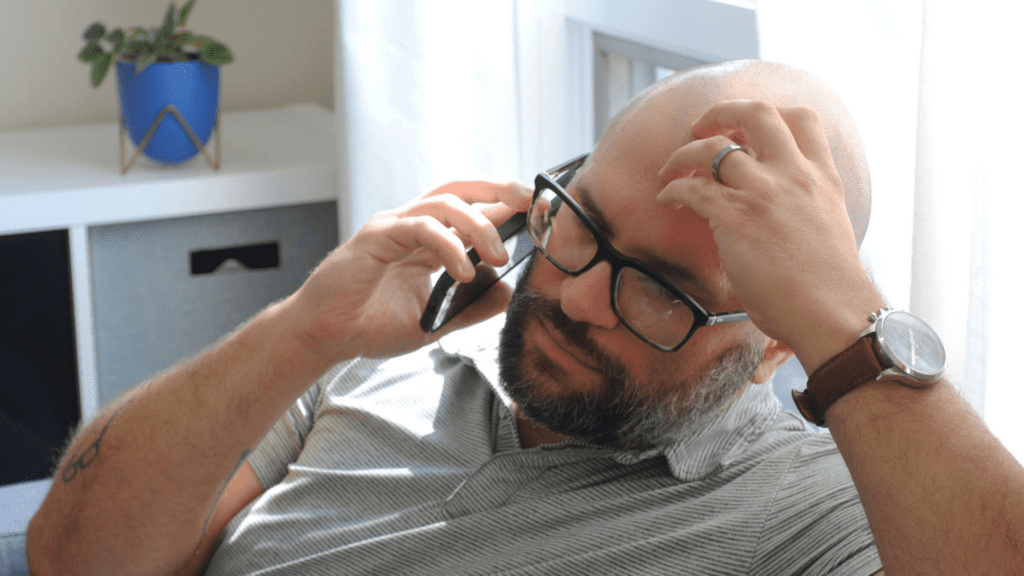Australians with lupus can access a new treatment on the Pharmaceutical Benefits Scheme (PBS) from today (1 July) following the PBS listing of anifrolumab (SAPHNELO®) for eligible patients.
This is the first time a targeted treatment for systemic lupus erythematosus (SLE) has been reimbursed on the PBS.
World-leading Monash University lupus expert Professor Eric Morand, who is Director of Rheumatology at Monash Health and Dean of the Sub-Faculty of Clinical and Molecular Medicine at Monash University, welcomed the PBS listing of anifrolumab to treat SLE.
Professor Morand led the global phase 3 trial which resulted in the approval of anifrolumab around the world, and also led the development of outcome measures enabling the cost-benefit of its use by Australian patients to be recognised by the PBS.
“SLE is a debilitating disease with no cure and limited treatments,” Professor Morand said. “No new therapy has been available on the PBS for SLE in Australia for 60 years and the unmet need for new medicines is urgent.
“The use of new medicines like anifrolumab is now recognised by global treatment guidelines as part of the standard of care, and it is such welcome news that Australian patients now stand to benefit from this breakthrough.”
Lupus is a disease in which the immune system attacks its owner’s cells and tissues, causing inflammation which results in organ damage. It can affect almost any part of the body, including skin, joints, kidneys, brain and other organs, and can cause pain, rashes, fatigue, swelling in joints, and fevers as well as life-threatening complications.
SLE affects an estimated 20,000 Australians. Ninety per cent are women who are diagnosed between the ages of 15 and 45.[1][2][3] The prevalence of SLE in First Nations Australians is double that of non-Aboriginal Australians[4].
Monash University is home to many of the world’s top five per cent of lupus researchers, and Professor Morand is in the top 0.015 per cent.
More than 50 per cent of patients with SLE develop permanent organ damage, caused by the disease or the existing treatments, which worsens quality of life and increases the risk of mortality.[5][6][7]
Professor Morand said many people with SLE lived with ongoing symptoms which are not relieved by currently available treatments.
“The goal of treatment is to move beyond simply managing symptoms to targeting the cause of disease, resulting in attainment of proven states of better health,” he said. “This listing provides a much-needed treatment option to a complex and chronic disease.”
Vu Nguyen, secretary and founder of Lupus Victoria, which supports people living with lupus and fundraises to advance lupus research, said there had been no significant advancement in lupus treatments for many years.
“It’s important that treatments like anifrolumab are listed on the PBS so that they are affordable and accessible for eligible Australians living with moderate to severe SLE,” she said. “Lupus Victoria is dedicated to making a difference in the fight against lupus and works to raise funds for vital research to build a brighter future for those affected by this chronic disease.”








